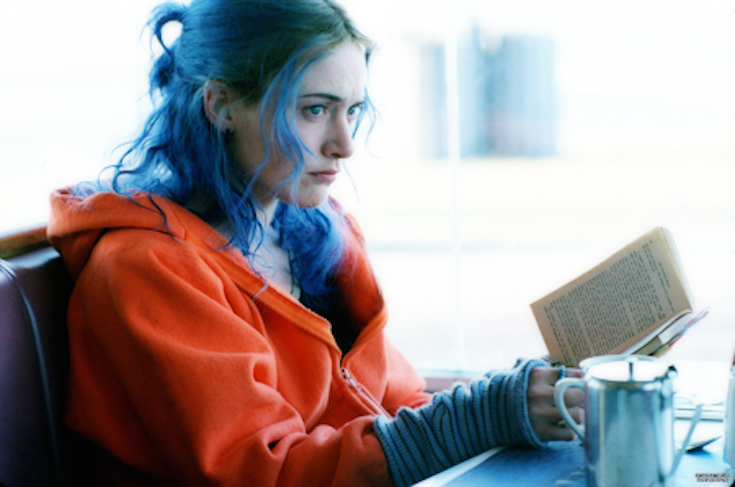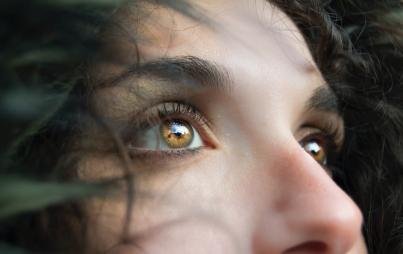
If I asked you to name three examples of a Manic Pixie Dream Girl, you'd likely have no difficulty conjuring up ample female characters who conjure that elusive, effervescent, irresistible Je ne sais quoi archetype . . . but the term was only created 7 years ago by journalist Nathan Rabin.
The four-part adjective did a tremendous amount of legwork to describe a female character that “exists solely in the fevered imaginations of sensitive writer-directors to teach broodingly soulful young men to embrace life and its infinite mysteries and adventures.” (In this particular case, Rabin was critiquing Kirsten Dunst's character in Elizabethtown.) (Sorry, Kirsten).
Rabin had no idea the kind of zeitgeist he set in motion on that fateful winter day: the term has since taken pop culture by storm. Women decry it, women want to be it. Critics have since discussed past characters through the Manic lens, re-imagining entire plots and unspoken desires. Zooey Deschanel even built an entire show around it. (Others—of course—believe the entire concept to be misogynist hooey and want it dismissed altogether.) Rabin recently apologized for inventing the phrase to begin with and the unlikely fall-out that followed it.
I feel deeply weird, if not downright ashamed . . . It doesn’t make sense that a character as nuanced and unforgettable as Annie Hall could exist solely to cheer up Alvy Singer. As Kazan has noted, Allen based a lot of Annie Hall on Diane Keaton, who, as far as I know, is a real person and not a ridiculous male fantasy. — Rabin told Salon
Well. Thanks Nate! Can we call you that? Interestingly, some film goers saw evidence that the Manic Pixie Dream Girl had indeed infiltrated their own dating spheres, their own romantic aspirations and that truthfully, they had been looking long and hard for just the words to describe such a slippery, seductive woman. Just last year writer Matteson Perry (sadly not Matthew Perry) discussed his own difficulties pursuing a woman whom he felt would make him "feel cool by proxy, like a human V.I.P. pass." Someone, "impulsive, erratic and electric."
Moral of that story? They were ultimately incompatible, but Perry was insistent. He refused to recognize it. Until, of course, he realized:
She wasn’t a character or plot device in my story, or some damaged creature with deep despair that I and only I could cure as part of my “hero’s journey.” She was simply someone who had fallen out of love with her boyfriend. Which happens.
While it's pop-culture-ly awesome that Rabin has come forward to correct any errs he may have made and subsequently set into societal motion, the truth is that people look for that love savior—manic or not—all. the. time. Even if Rabin had never scrawled the Pixie Dream Girl into reality, this dating phenomena would still exist. Sometimes we find ourselves stuck in one of life's odd fissures, desperate for someone to inspire us out of it.
People don't exist to serve our personal needs; they exist for themselves, and their needs. As perhaps our favorite Manic Pixie (Clementine in Eternal Sunshine of the Spotless Mind) angrily warbles between shocks of hot-pink hair:
"I'm just a fucked up girl looking for her own peace of mind. Don't assign me yours."
Though it was nice of Rabin to apologize (though we were never really offended to begin with) the Manic Pixies of the world—and those who crave them—aren't going anywhere.
Image: Clementine, the ultimate MPDG in Eternal Sunshine of the Spotless Mind. Courtesy of, Tumblr






